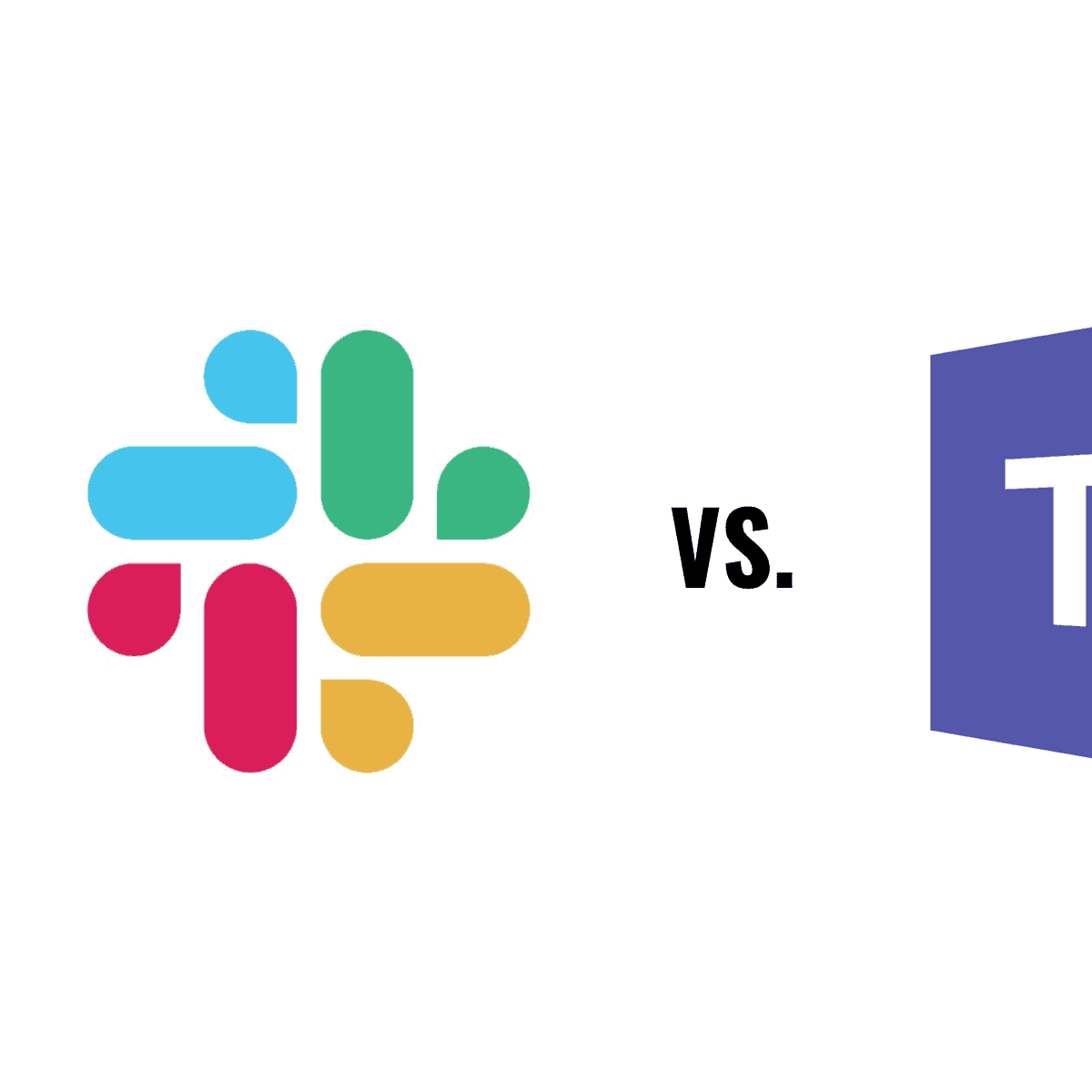What is quality assurance in software testing?
It’s a part of the process that ensures that companies’ software meets high standards. QA used to be something that happens much later in the development cycle. Software would be developed, then sent to QA for feedback, then, QA would send their comments back to the development team so that they could fix any issues that were uncovered.
How do you perform quality assurance in software development?
The quality assurance process is known as the Deming cycle (or the PCDA cycle) and consists of four components: plan, do, check, & act. QA testing requires you first to establish your quality standards. Then, ensure that those standards are met through the tests you carry out. This is key because it requires your team to always have quality in mind.
What are the different types of software testing?
Functional tests
Performance testing
Smoke testing
Unit tests
Integration tests
End-to-end tests
What is the difference between QA and UAT testing?
Quality assurance ensures that the software is free of errors and bugs. User acceptance testing ensures that the software provides the best possible user experience and meets their expectations.
Quality assurance plays a critical role in the success of any software project. We know that every development process looks a little different, but one thing is clear. QA and testing are an absolute must, and while at times used interchangeably, these concepts are not the same.
Are you trying to make sense of all things QA and testing? We’ve got you covered. This post will explain what quality assurance in software development is and what you need to know to make it work in your organization.
What is quality assurance in software testing?
Here at Unosquare, we’ve talked a lot about the importance of QA. (You can read more about that in this post about quality assurance.) Quality assurance testing, while related, serves a different purpose.
It’s a part of the process that ensures that companies’ software meets high standards. QA used to be something that happens much later in the development cycle. Software would be developed, then sent to QA for feedback, then, QA would send their comments back to the development team so that they could fix any issues that were uncovered.
QA testing for software is all about delivering the best possible outcome for the customer. Finding bugs is only one part of this equation. In QA testing, organizations are looking for anything that may impact the effectiveness of the software or negatively impact the experience the end-user has with it.
How do you perform quality assurance in software development?
Here’s one reason why these two concepts, QA and QA testing, often get confused: they complement each other. The quality assurance process is known as the Deming cycle (or the PCDA cycle) and consists of four components: plan, do, check, & act.
To overcome the confusion, let’s take a look at what happens during each step in this process:
Plan
First, companies need to establish standards, goals, and objectives for their QA processes. Doing so will help teams understand what to expect.
Do
Next, organizations focus on what will go into the creation and testing of the product. This is where your team needs to follow the plan you set out in the first step in the cycle to move towards the final product.
Check
Have you met the goals you set out to achieve? This step aims to answer this question, and it’s where QA testing comes into play. You may uncover issues that require your team to take a step back, and problem solve. Your team may also take note of any lessons learned at this stage.
Act
Finally, during the last stage, teams execute the actions necessary to meet your goals and make any changes required.
QA testing requires you first to establish your quality standards. Then, ensure that those standards are met through the tests you carry out. This is key because it requires your team to always have quality in mind.
Six different types of software testing
QA testing may also look different depending on your goals and the types of tests your team needs to carry out. Take a look at these other software testing methods.
Functional tests
Functional tests focus on the business requirements of an application and exist only to verify the output of the action. Functional tests don’t check a system’s intermediate states when acting and are going to be carried out by manual/functional Quality Assurance professionals.
Performance testing
Performance tests check the behavior of the system when it’s under significant load. These tests help you understand the stability and availability of your software both development. Both quality assurance and software engineers can be involved in performance testing
Smoke testing
Smoke tests are basic tests that check the basic functionality of the application. The goal is to ensure that the significant features of your system are working as expected, and this work is attended to by manual/functional QA.
Unit tests
Unit tests require testing individual methods, components, functions of the software’s classes or modules. These tests are typically inexpensive and can be done quickly. These tests are typically carried out by software development engineers or software development engineers in test (SDET).
Integration tests
Integration tests verify that different services your application uses will work well together. Integrations tests are more expensive to run because there are multiple parts in these tests, and your application must be up and running. Similar to unit tests, software development engineers perform integration tests.
End-to-end tests
End-to-end tests replicate a user behavior with the software in a complete application environment. This could be as simple as loading a page, or it could be more complex, depending on what you’re building. Though separate, this can sometimes be considered as part of integration testing.
What is the difference between QA and UAT testing?
While these terms can be confusing, it’s essential to understand the differences between QA and UAT. Quality assurance ensures that the software is free of errors and bugs. User acceptance testing ensures that the software provides the best possible user experience and meets their expectations.
Comparing quality assurance, quality control, and testing
Now, let’s look at the differences between QA, quality control, and testing. All of these components must come together to create the best possible software.
Quality assurance is the constant monitoring of development processes and outcomes to ensure that your team is doing their best work and providing the best possible end product.
QA testing is done to detect and solve technical issues in the source code. It also assesses the overall product’s usability, compatibility, security, and performance. This requires you to have an experienced team in place to execute correctly.
Quality control is a process where businesses seek to ensure that product quality is improved and maintained. This also means that errors are significantly reduced or even eliminated. This is applied to the product once it is complete to ensure that it meets the standards you set out to reach.
Looking augment your team with Quality Assurance delivery professionals?
QA testing doesn’t have to be overwhelming. You can choose to outsource to a company with excellent quality assurance delivery professionals. Here at Unosquare, we have over 2,000 successfully completed projects, over 600 engineers, and more than 120 distributed teams. We know what it takes to meet and exceed project needs. Want to learn more about what Unosquare can do for your company? Check out our blog here.



